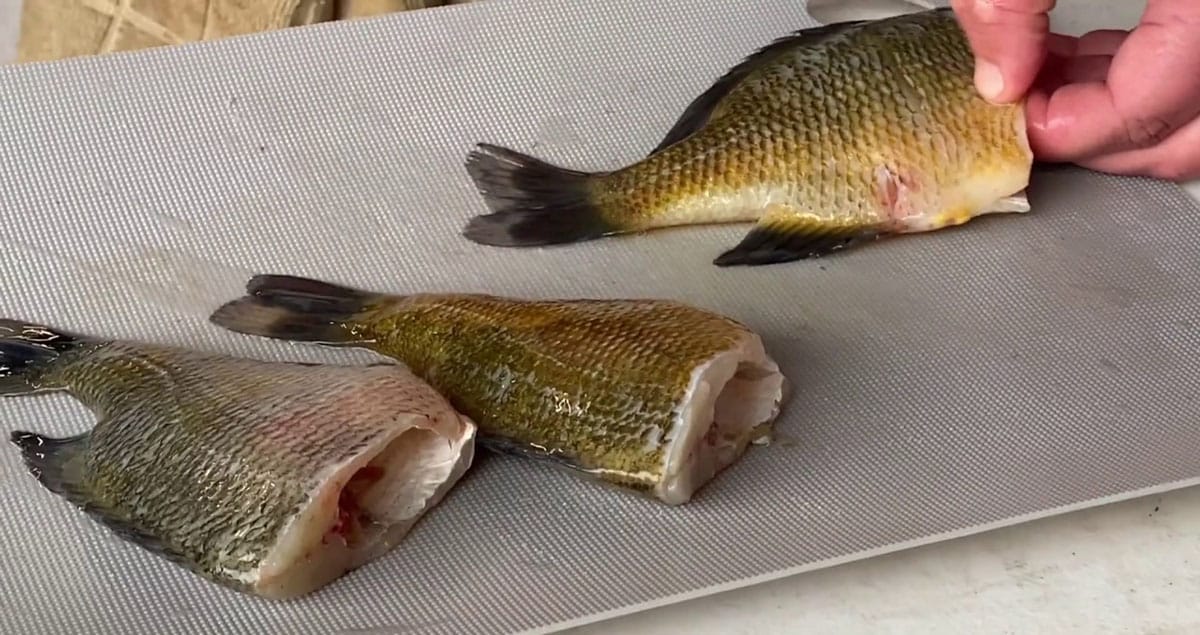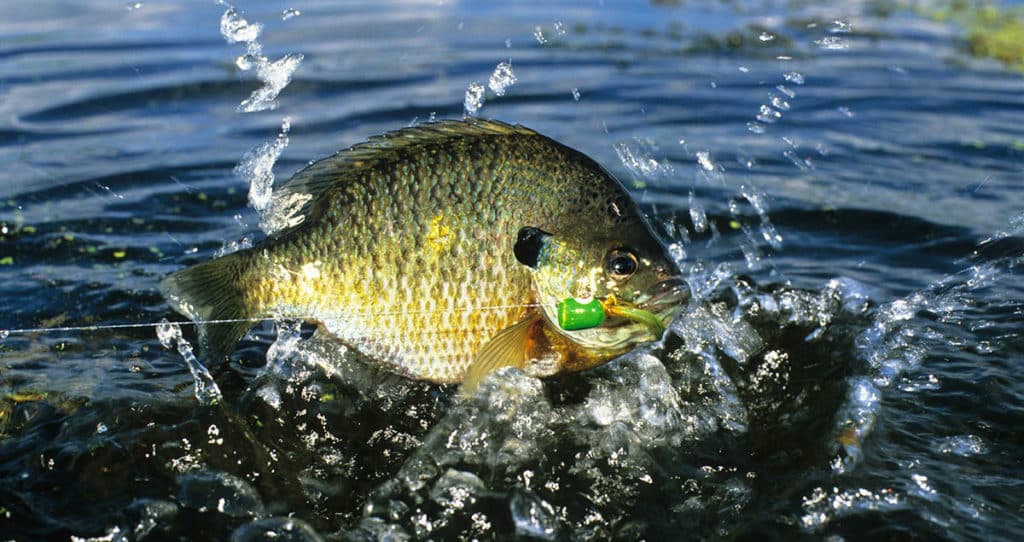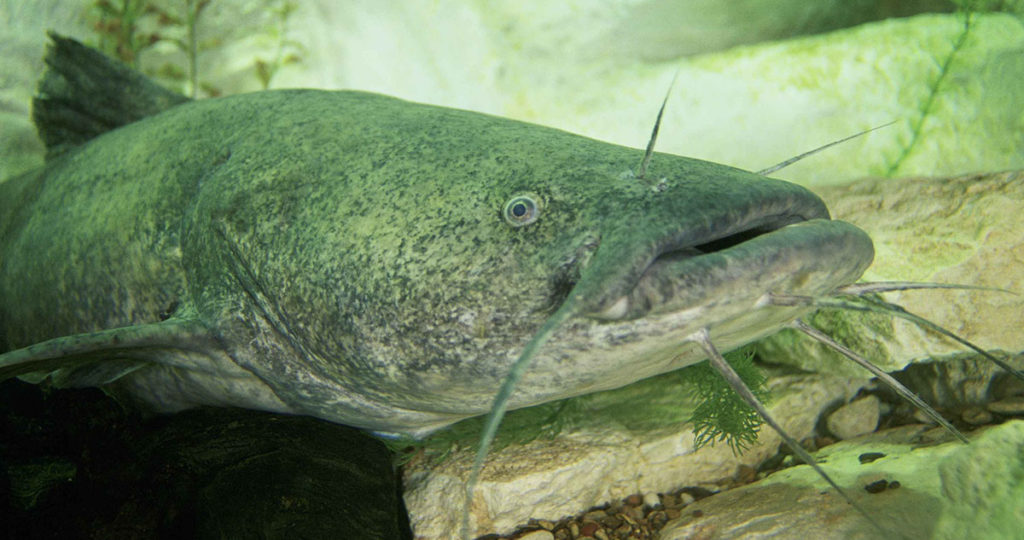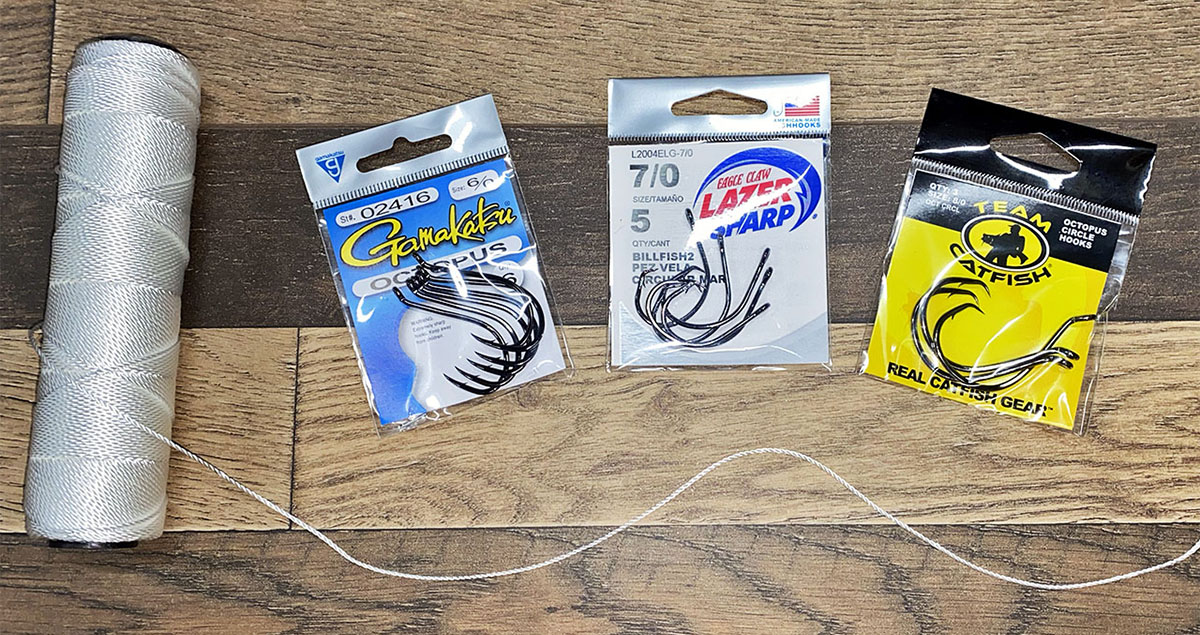Bluegill and sunfish are fun to catch and make great table fare. But for years I practiced strict catch-and-release whenever I targeted bream because I felt there wasn’t enough meat for the effort required.
Then a buddy of mine invited me to a bluegill fish fry, and I realized just how wrong I’d been.
From that point on, I was a believer in cleaning and eating a portion of the bluegill and sunfish I caught. The truth is, they’re really not that difficult to clean, and their mild flavor and flaky white meat make them some of the best-tasting freshwater fish you can eat.
If you haven’t given fried bream a try, you don’t know what you’re missing!
RELATED: Are Bluegill Good to Eat? [Answered]
There are three primary ways to clean bluegill and sunfish, each with its own advantages and disadvantages. Let’s take a look at the three methods, and you can ultimately decide which best suits your needs.
Scaled and Dressed
By far, the easiest way to clean bluegills is the scaled and dressed method, which only requires three simple steps:
- Cut off the head of the fish, right behind the pectoral fin.
- Dress the fish by cutting the belly open from the anus to where you cut off the head. You can then remove all the internal organs.
- Scale the fish. This is a simple process of removing the fish’s scales by scraping them from the rear of the fish towards the front (the opposite direction than they are laying).
There are tools specifically made to scale fish, but it can also be done with the edge of a knife blade or even a spoon. To get a good visual of the process, check out the YouTube video below.
The biggest benefit of this method is that it’s quick and easy. And since you often have a bunch of bluegill or sunfish to clean at once, that means less time cleaning fish, and more time kicked back enjoying a cold beverage while talking about the one that got away.
The downside is you’ll have all the bones to contend with, so you and your guests have to be extra careful to ensure no one accidentally swallows a bone. You also have the skin on, which some fish eaters don’t care for.
Skinned and Dressed
The second easiest way to clean bluegills is similar to the first, but rather than scaling the fish, you take the time to skin it. You still remove the head and internal organs.
The only real benefit to this method over scaling and gutting is that it eliminates the skin for those who don’t like the flavor. You still have the bones to deal with.
Personally, this is the one method discussed here that I don’t personally waste my time on, but I wanted to mention it for those who may find it beneficial (I’m looking at you, crunchy fish skin lovers).
Filleted
While filleting bluegill is a little more time-consuming, and requires a little more finesse, it’s my preferred way to prepare them. With a little practice, you’ll be able to filet bream almost as quickly as you can scale and dress them, and you won’t have to worry about getting a fish bone caught in your throat.
Fileting bluegill isn’t difficult, but you’ll need a couple of tools to make the job go smoothly: a sharp fillet knife and a good cutting board.
It’s much easier to show someone how to fillet a fish than it is to describe in an article, so we’ve included an excellent video below from the Kentucky Department of Fish and Wildlife Resources.
But to summarize, after gutting the fish, you make a cut behind the pectoral fin until you hit the spine at the top, and the opening where you gutted the fish at the bottom. Then turn your blade toward the back of the fish, and run it down the spine at the top, and through the middle of the belly on the bottom. When you get to the tail, stop just short of removing the whole side of the fish.
Flip the half over the tail, then proceed to run your knife blade right along the skin of the fish, removing all the meat. Once you’ve removed the skin, you still have one step left. The rib bones are still in the fillet at this point, so you want to carefully cut them out, minimizing the amount of meat that comes out with them.
Once the ribs are out, you should have a nice boneless bluegill fillet ready for some breading and the frying pan!
Summary
Bluegill are plentiful, fun to catch, and delicious to eat. So don’t let the thought of a little fish cleaning keep you from taking advantage of the opportunity to host a fish fry for family or friends. There are a few great ways to quickly and efficiently process the fish, and whichever method you choose, the result will be mouth-watering fried bluegill.







